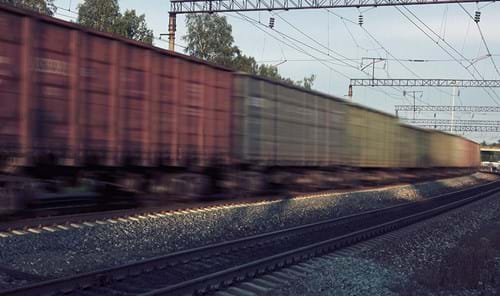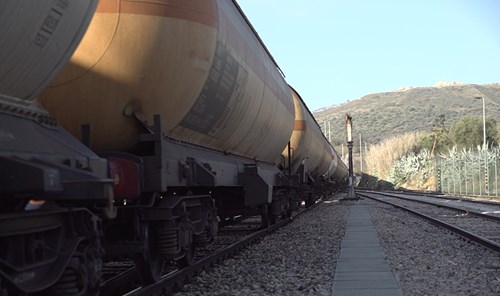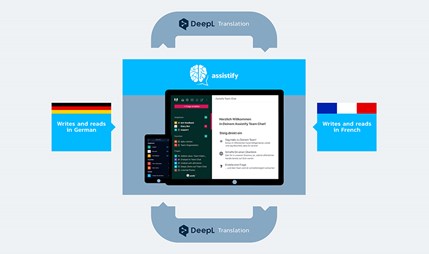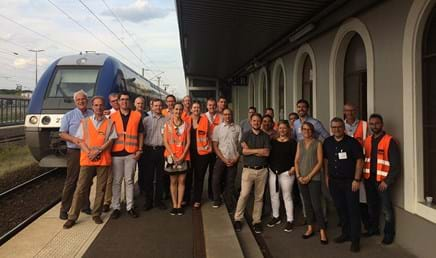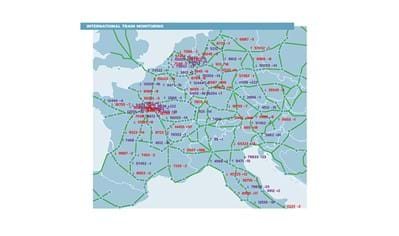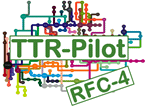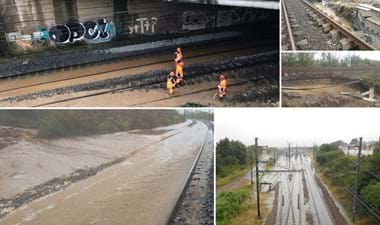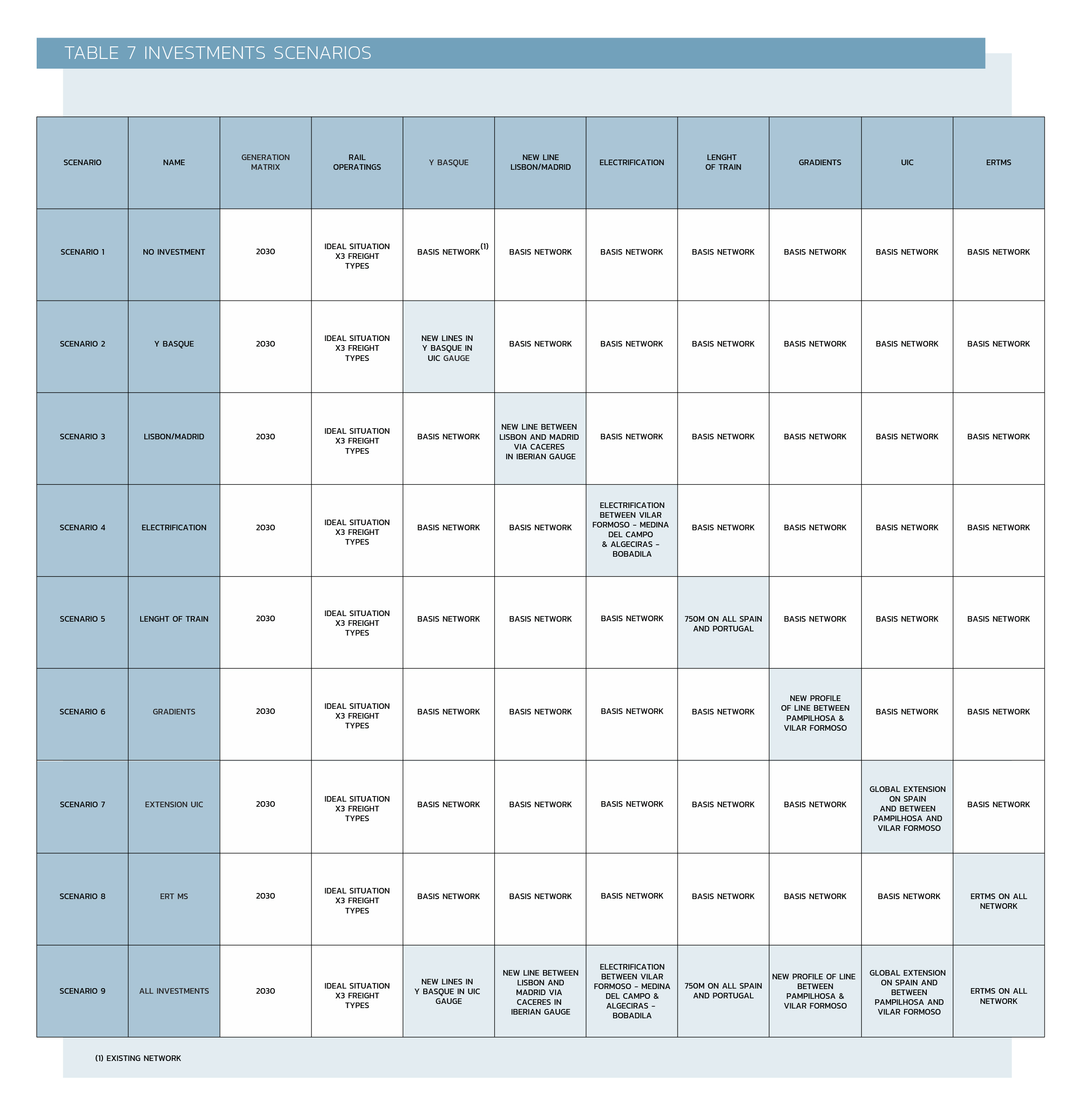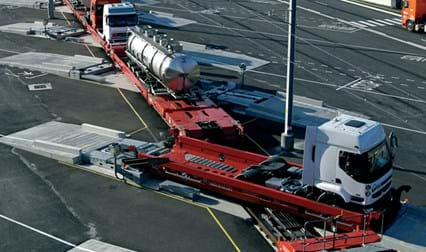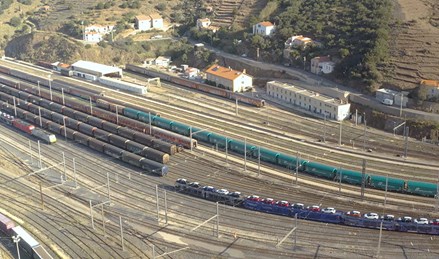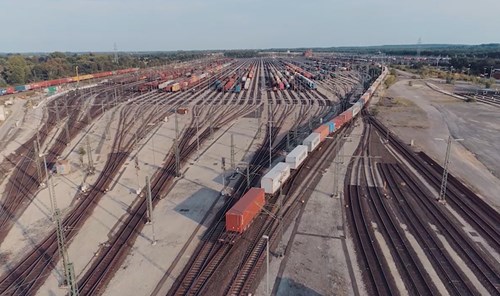In the framework of the Interoperability WG which derived initially from the interoperability issues comprised within the Issues Logbook, as common thread leaded by the European Commission.
English Training of IM Traffic Control Centres

According to a RNE GA decision on the 6th of December 2017 the IM agreed to introduce of at least one English speaking dispatcher in national Traffic Control Centres in every shift until 2020.
Since the signature of the Grant Agreement – Action n° 2016-PSA-RFC04 form INEA, in 2018 RFC Atlantic supports its IMs with organizing and financing of the English training of the employees of the National Traffic Control Centres.
- DB Netz: English training started in September 2018.
- SNCF Réseau: English training started in January 2019.
- ADIF: English Training started in October 2019.
- IP: English training started in November 2018.
All training sessions will be achieved until the end of 2020
Cross Border Agreements (CBA) Taskforce
The objective of this project is to define a common structure for the Cross Border Agreement (CBA) which fits for all cross-border sections of the RFC Atlantic. The scope of work is described in the following picture.
However the WG has developed into bilateral WGs which are already giving some fruits such as a draft document for a General Coordination Agreement between SNCF and ADIF.
In parallel a joint force between ADIF and IP has been established, to work on a General Coordination Agreement based on the SNFC Réseau and ADIF experience and on an Operational Coordination Agreement draft specific for the borders, based both on the existing documents and with the valuable consultancy provided by DB Netz.
As a result these documents were taken out of the scope of the interoperability WG and transferred to the sphere of the IMs in bilateral workgroups.
As one of the outcomes of these Agreements between IMs, the information that OPE TSI request to be provided from IMs to the RUs will be updated specifically for the Cross Border Sections, in line with the coming framework of the IV Rail Package.
Promotion of usage of the IT-Tool TIS in the IM Traffic Control Centres
Under the umbrella of the Interoperability WG the IM experts also discussed the usefulness of the IT Tool TIS for the daily business of the Traffic Control Centres. As a consequence, the Portuguese Traffic Control Centres implemented TIS in 2018 in order to have a better overview on international train running. DB Netz is using TIS in the Traffic Control Centres as well in case of international disturbances.
Exceptional Consignment process between France and Germany
The starting point of this project were problems with exceptional transports between Germany and France. Combined transport trains (P/C 70/400) were stopped by SNCF Réseau due to lack of an exceptional consignment approval by DB Netz on weekends and public holidays: by the way, some trains were held back in France for several days.
This topic was addressed to the RFC Atlantic as attempts to solve the issue nationally did not work. Hence, under the umbrella of RFC Atlantic and in cooperation with German/French experts from IMs and RU, a solution to the process problem in exceptional transport was developed in several workshops and implemented to the satisfaction of the customer.



